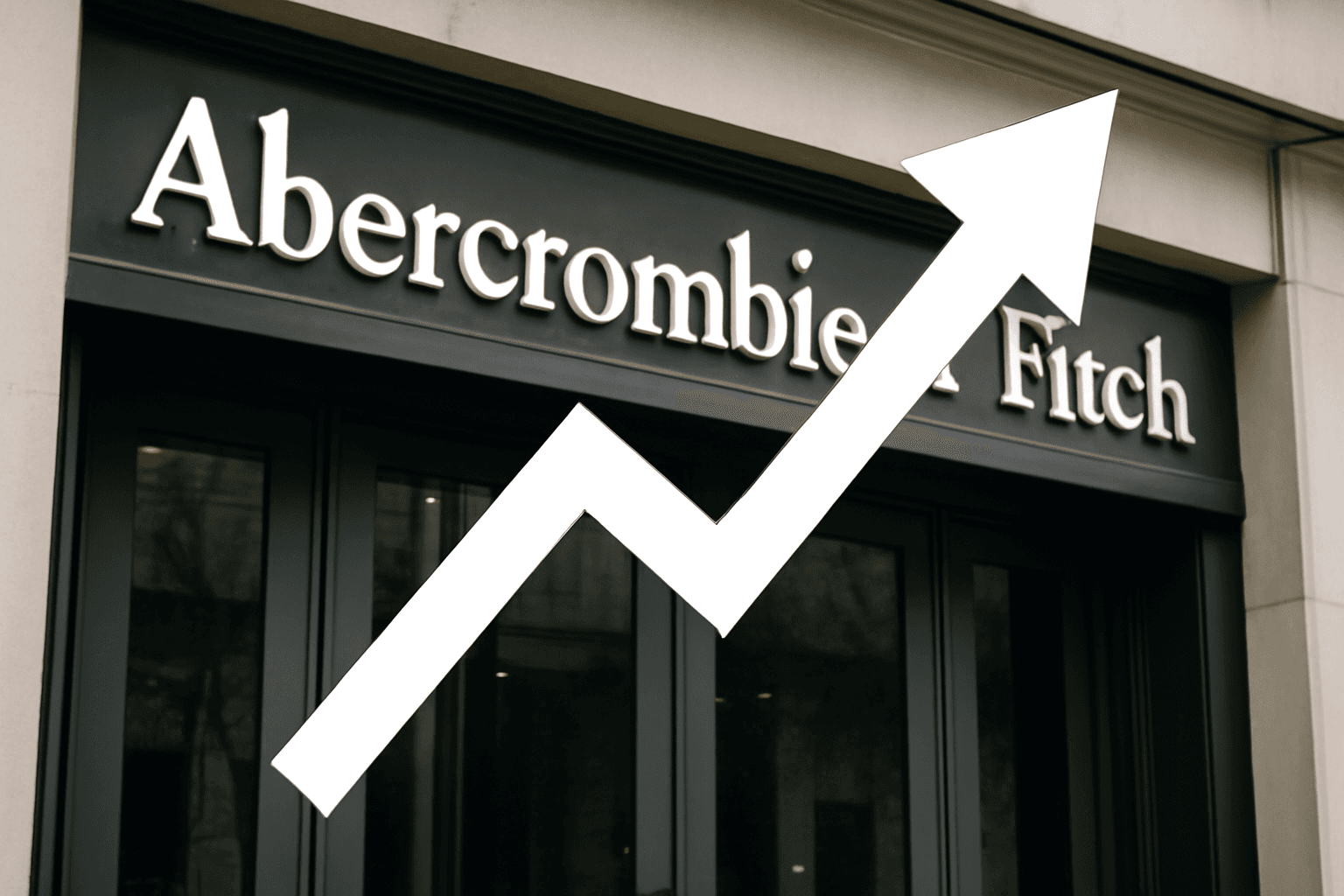Inflation Cooling Sparks Market Shift: Is It Time to Buy Small Caps?
The latest consumer price index (CPI) report delivered a welcome sigh of relief for investors concerned about persistent inflation. On Tuesday, the Bureau of Labor Statistics revealed a 2.7% year-over-year increase in the CPI for July, slightly below the Dow Jones consensus forecast of 2.8%. This moderation reignited optimism that the Federal Reserve might ease interest rates more aggressively than earlier expected.
Fed Rate Cuts on the Horizon: What This Means for Investors
Following the report, projections for Federal Reserve policy shifted noticeably. According to the CME FedWatch Tool, the market now anticipates three quarter-point rate cuts in 2025, up from previous expectations of two. This potential easing could be a game-changer, particularly for market segments historically sensitive to interest rate fluctuations.
Small Caps and Lower-Quality Stocks: Poised for a Comeback?
Morgan Stanley's Chief U.S. Equity Strategist, Mike Wilson, emphasized the significance of these developments. On the eve of the CPI release, Wilson observed that if inflation pressures remain muted, the likelihood of a September Fed cut—currently priced at around 90% probability in bond markets—might rise even further. He suggested that such conditions could catalyze a meaningful rotation into small caps and lower-quality stocks, sectors that have notably lagged behind large-cap indices this year.
"The S&P 500, dominated by large-cap companies with fortress-like balance sheets, enjoyed an impressive rally, up over 8% year-to-date," Wilson explained. "However, small caps, represented by the Russell 2000 index, have barely gained ground, posting just a modest increase so far in 2025. If the Fed embarks on a more dovish path, these underperformers could finally catch up, narrowing a significant valuation gap."
Why Are Small Caps and Low-Quality Stocks More Sensitive?
Smaller companies and those with weaker balance sheets typically carry higher debt levels and have limited access to capital compared to industry giants. Consequently, their profitability is more vulnerable to borrowing costs. When the Fed signals easing monetary policy, borrowing becomes cheaper, potentially boosting earnings and cash flow for these firms.
Wilson expressed optimism over the next six to twelve months, citing expected rebounds in both earnings and cash flow for these companies. He named several firms that could benefit from this trend, including Caesars Entertainment, United Airlines, and Dollar General—entities characterized by weaker balance sheets or lower returns on capital as per Goldman Sachs' recent analysis.
Broader Market Implications and Underreported Angles
- Investor Sentiment Shift: The potential rotation signals a broader shift in market leadership, away from growth-oriented, high-quality names toward value and recovery plays.
- Economic Signals: The soft CPI print might suggest that underlying inflation pressures are easing more than official data captures, a crucial factor influencing Fed policy.
- Risk Considerations: Lower-quality stocks carry higher risk, and a Fed pivot might not fully mitigate worries over global economic uncertainties and geopolitical tensions.
Strategic Takeaways for Portfolio Managers and Retail Investors
Given the evolving landscape, investors are encouraged to remain agile. Wilson advises careful monitoring of upcoming economic data, especially inflation metrics, to gauge how durable this sector rotation may be. Diversification remains vital, but embracing small-cap and selectively lower-quality equities could provide attractive upside as monetary policy potentially loosens.
Editor’s Note
While the July CPI figures offer a hopeful glimpse at taming inflation, investors should interrogate the sustainability of this trend amid a volatile global backdrop. Could this herald a sustained regime shift favoring small caps and value sectors, or is it merely a transient relief rally? As Federal Reserve decisions come into sharper focus, maintaining a balanced, well-informed approach to equity allocation will be key to navigating the months ahead.



















